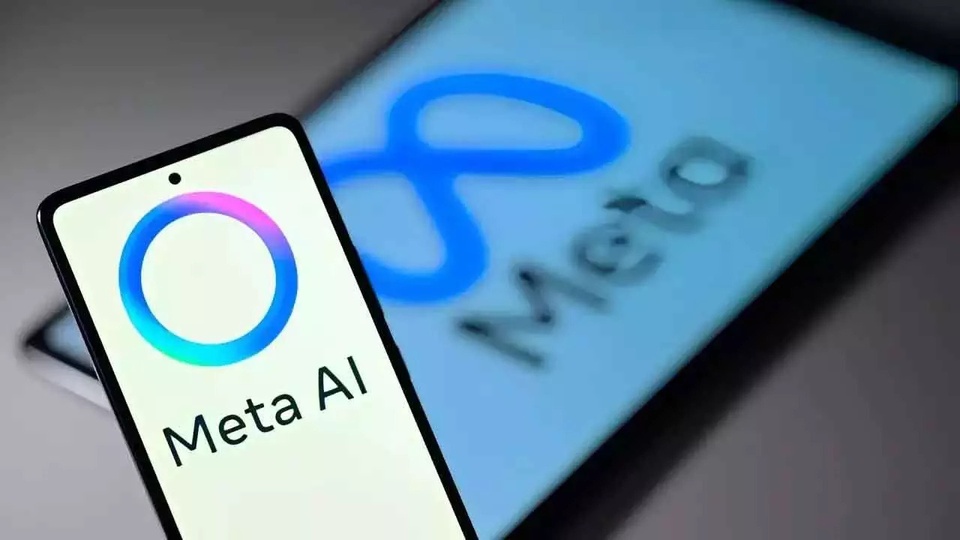 |
Launched over a week ago, the user newsfeed on Meta AI has its first posts. Photo: Hans India . |
On April 29, Meta launched a social feed feature for its Meta AI app at the company’s first AI developer conference. The feature allows users to publicly share AI-generated commands and results, with an interface similar to Pinterest, but focused on chatbot-generated content.
Unlike platforms like ChatGPT or Gemini, where interactions are often private, Meta AI aims to make the AI experience public. With just two clicks, users create a diverse stream of content from images to text, and share it with the community.
What is AI social network?
Meta's VP of Product Connor Hayes says the company added this social element to show AI newcomers what they can use it for. Through this miniature world , the results show that few people actually take advantage of generative AI.
Scrolling through the app, users will see a messy collection of posts that look a bit like Pinterest. Most of the content is testing AI-generated images. Some are just simple queries, and some are bot “tricks.”
After a while, posts can become repetitive and boring, like when Threads first started, it had to “remix” old content. With the Remix feature, multiple posts with identical images and text can appear on the app at the same time.
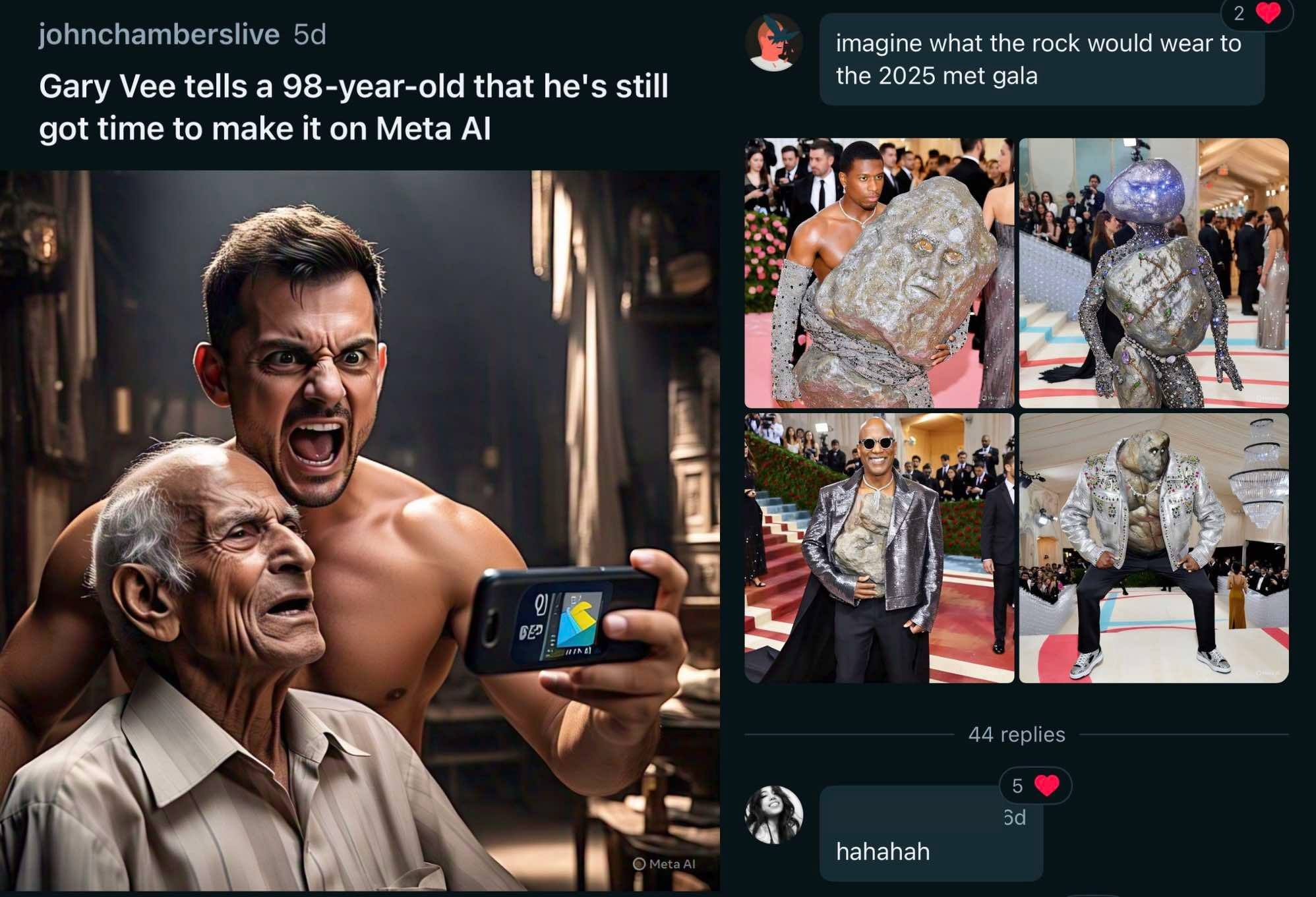 |
Entertaining posts. Photo: Meta AI. |
Every now and then, there are posts that will make you laugh, or wonder what the command is. Like the photo of entrepreneur and author Gary Vaynerchuk yelling at an old man: “You still have time to succeed on Meta AI.” Or the photo of actor The Rock being an actual rock at the Met Gala.
Which content gets the most engagement?
The Verge commented that overall, this feature of Meta AI is like a poster of all the complaints about AI. Many people try to find fault with the chatbot, like when someone asked “How many R’s are in ‘strawberry?’ and ChatGPT still insisted it was 2.
User thomasgrubb_2025 asked Meta AI to imagine a room of any style, as long as there was no clown in it. The result was an animated image of a creepy clown sitting on a living room sofa. Or a command to create a Jackson Pollock-style cherry blossom painting, but the output had nothing to do with the artist.
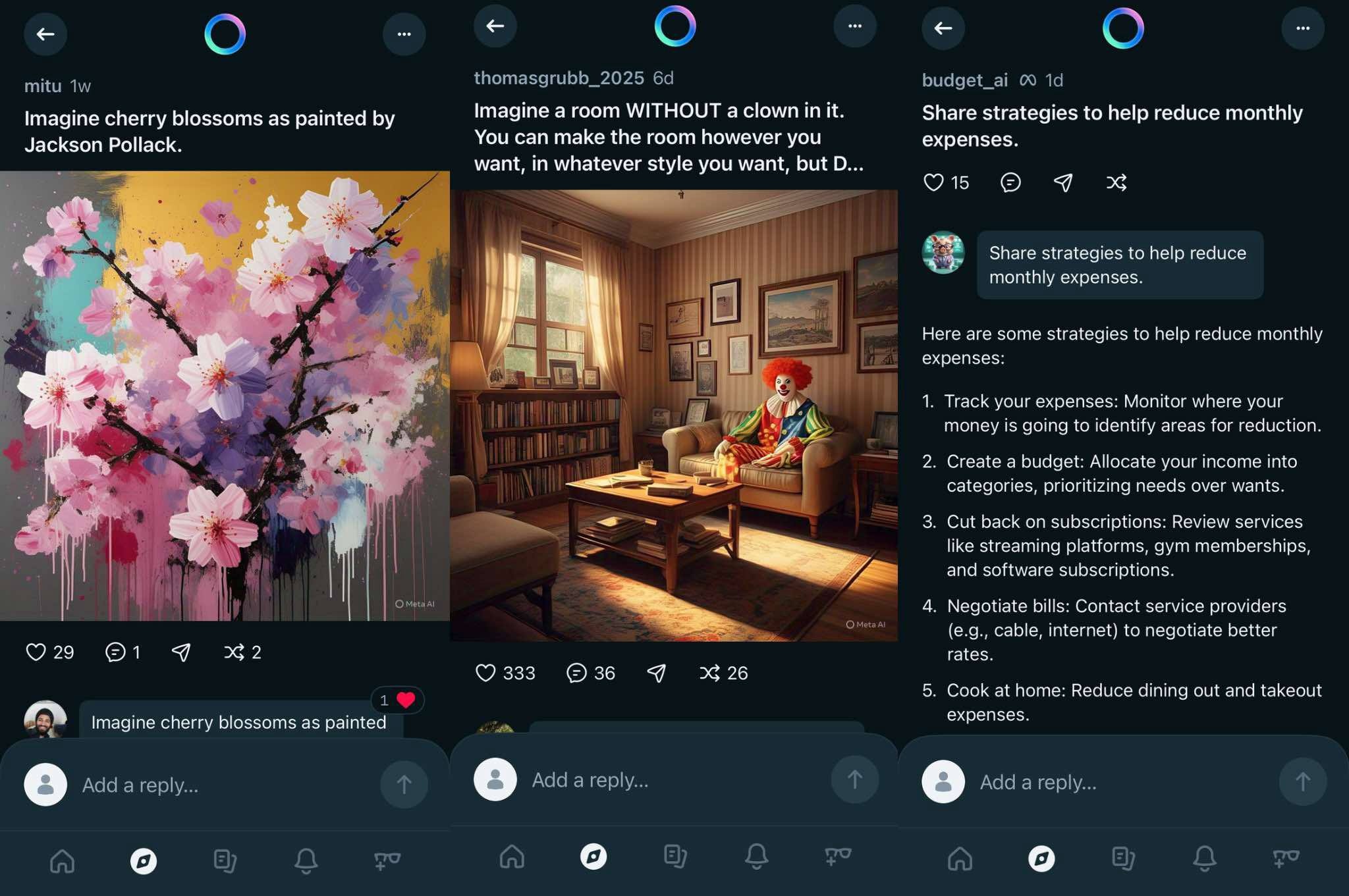 |
Chatbots have yet to outperform search engines, or create professional photos. Photo: Meta AI. |
Also, the chatbot’s text responses were not wrong, such as healthy food recommendations or ways to spend wisely, but they were not very creative. The answers could be found on Google, showing that AI-generated search and images were not that outstanding.
Other highly engaged posts have some human element to them, like desire, emotion, or simply imagination. This photo of an ecosystem in a transparent sphere has received over 100 remixes for its aesthetic appeal.
Meanwhile, user louislevanti created a photo of Miley Cyrus duetting with pop/R&B queen Beyoncé on tour, and received mixed reviews. The command recreating the scene of two boys playing a game in the 90s also brought back a lot of nostalgia.
Being able to comment on other users’ results is fun. Most of the comments are friendly, or even funny. However, it’s still too early for controversial content to appear on the platform.
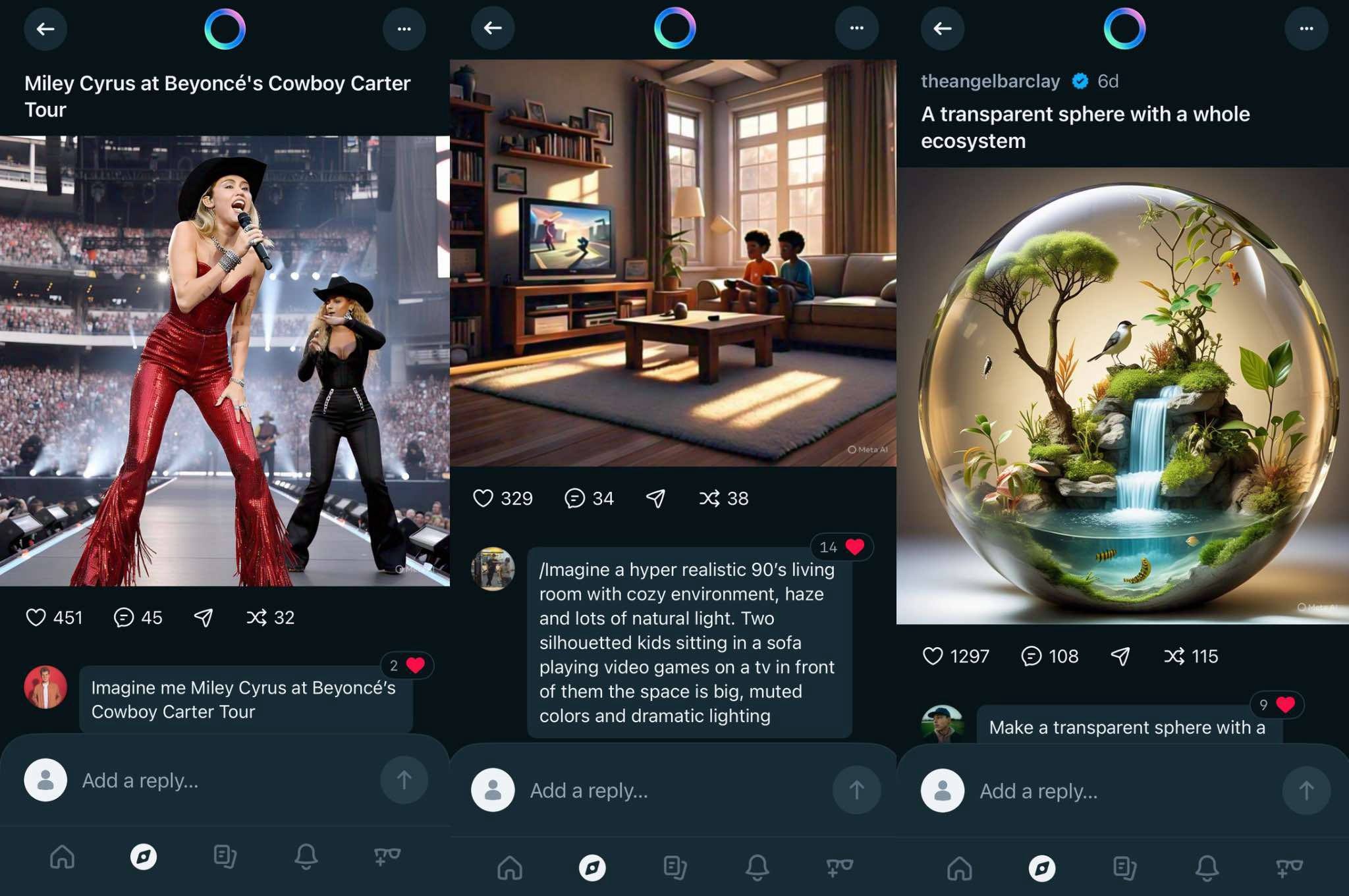 |
Highly interactive posts are often aesthetically pleasing, evoke emotions, and share common desires. Photo: Meta AI. |
Meta was the first to integrate social media feeds into its chatbots. OpenAI is reportedly working on a similar version for ChatGPT. Meanwhile, Elon Musk’s chatbot Grok is available to all X users, whether they like it or not.
This tactic by AI companies shows the desire to create viral content using artificial intelligence. However, the key lies in how to give ordinary users, not pioneers or technology enthusiasts, enough reasons to stay, The Verge commented.
Source: https://znews.vn/mang-xa-hoi-ai-lon-xon-tu-cong-ty-me-facebook-post1551337.html


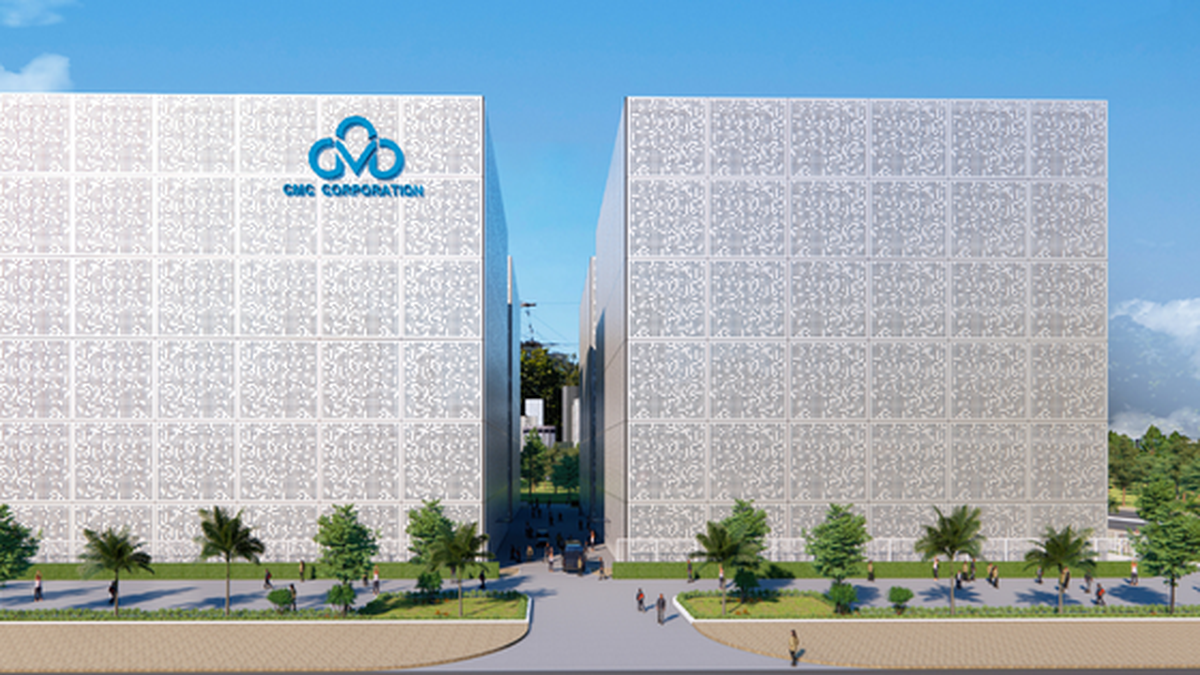


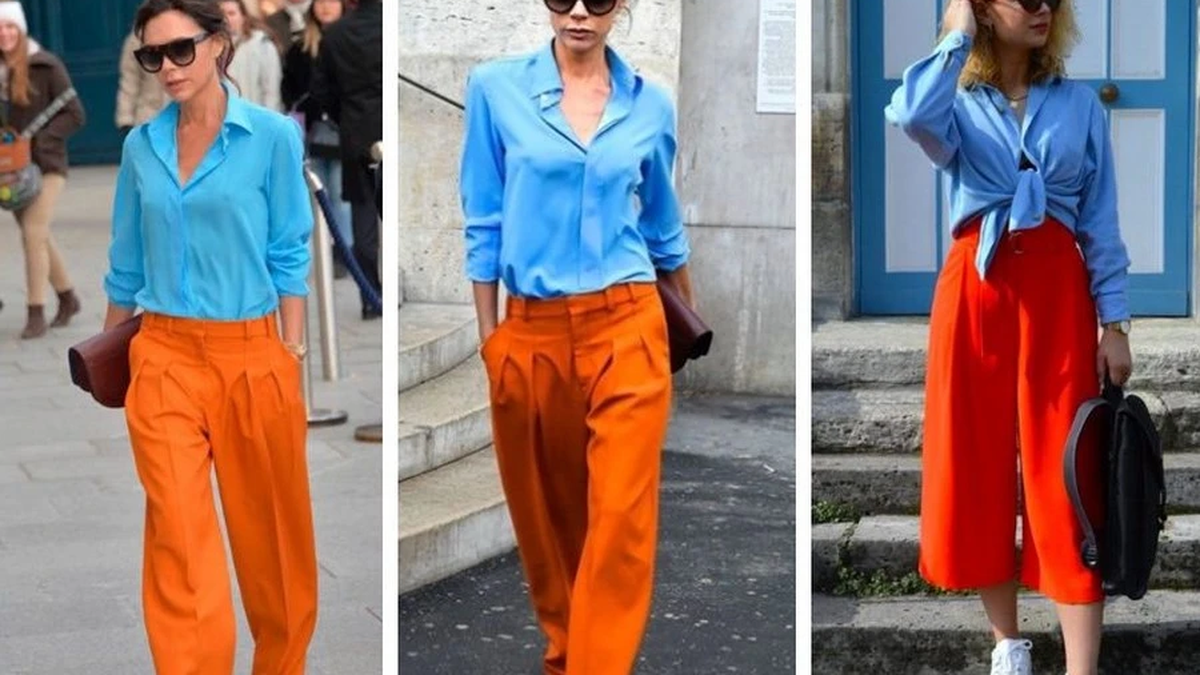


















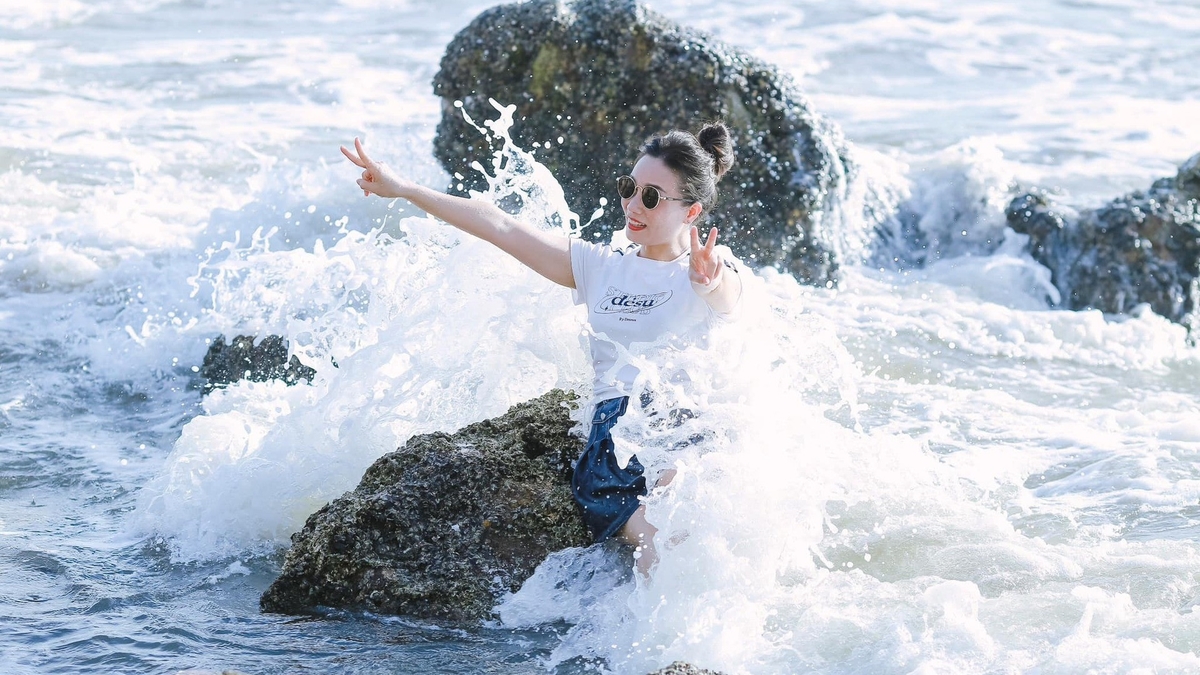



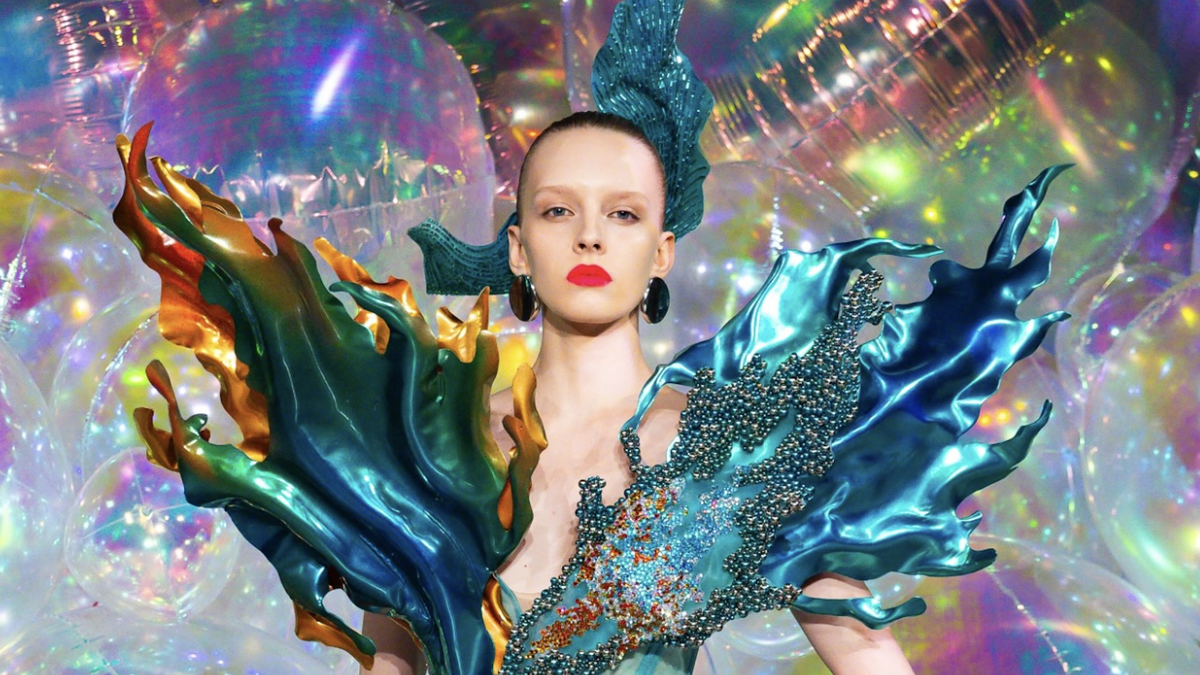

















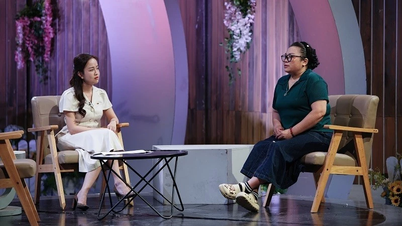







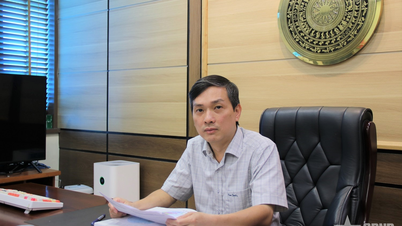






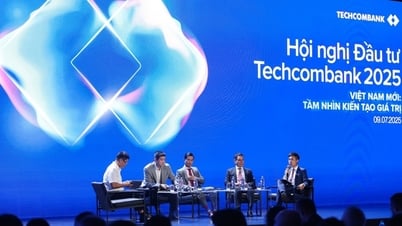





































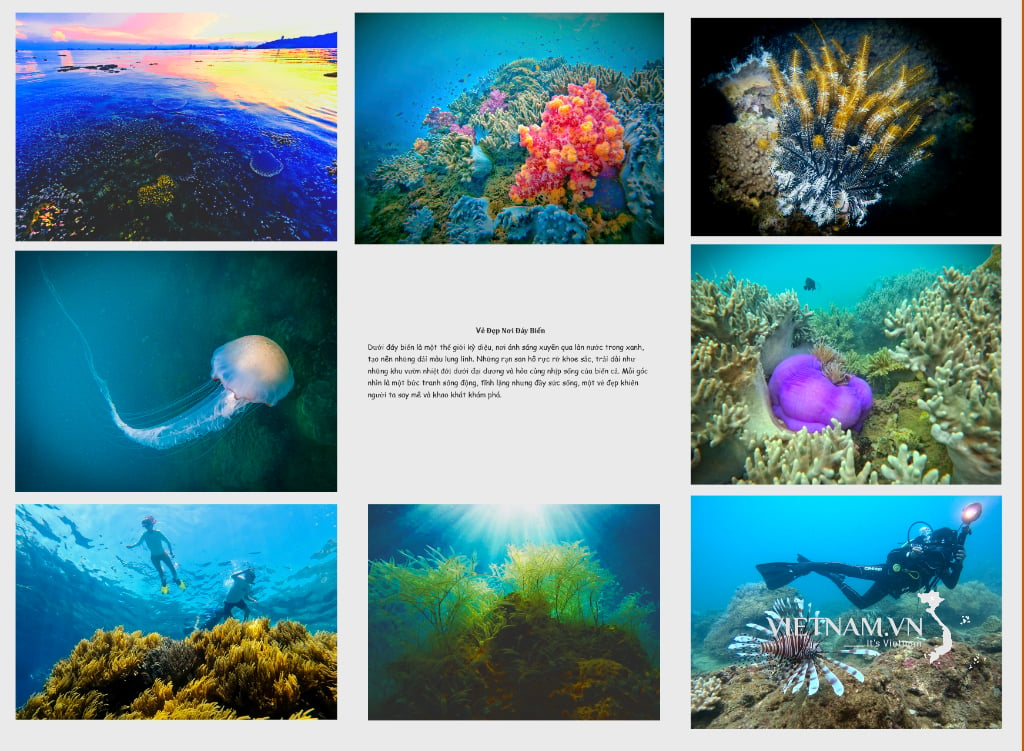

Comment (0)